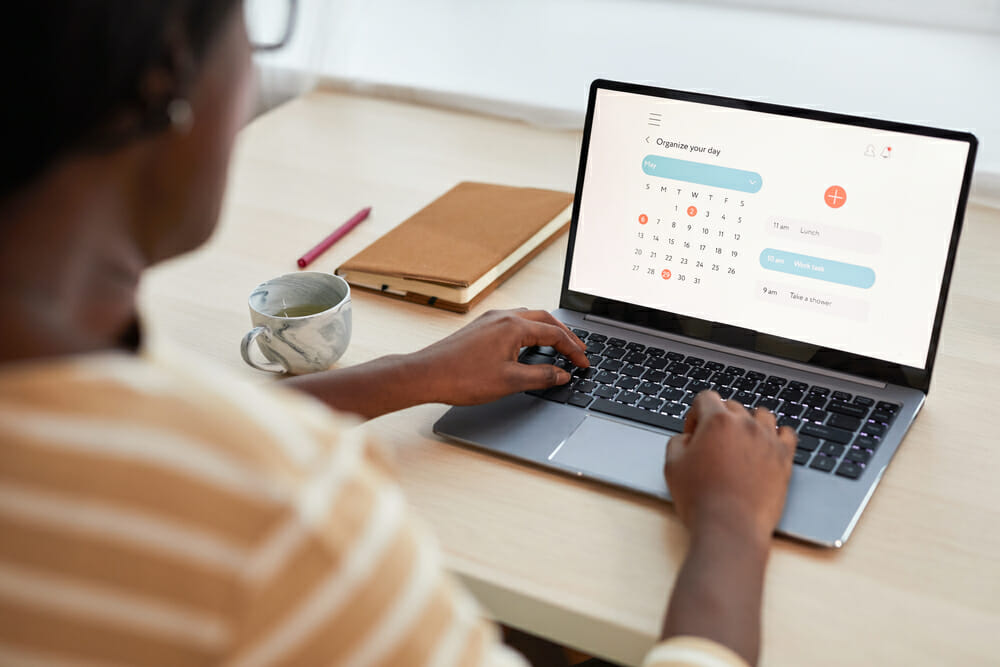In the modern age, access to the web is all but essential for individuals and businesses alike. This is because it is pretty much impossible to do anything, anywhere without it involving some sort of device connected to the internet.
This is just during everyday circumstances, and in the last few years, we have had a very chastening experience of what life can be like during a pandemic, when access to the web was utterly essential. It became vital, not only for interacting with others, but also when it came to simple things, like ordering food and other essential items, like medication.
The Importance of Web Accessibility
This highlighted the importance of accessibility to the web for those not only with disabilities, but also those who are part of an ageing population, as well as those using the internet for the first time, or in developing countries with limited technological resources.
Web accessibility is not required by law in all situations, and there are many parts of the web development process that need help to make this possible. For instance, if you’re building your own website on the WordPress platform, there are very few options to add accessibility options to what you are creating, and you would need some sort of overlay added after the fact to make your site more accessible.
What Is Web Accessibility?
If you are still unsure about what the process would involve, there are some excellent articles to be found online that answer the important question – what is website accessibility? In short, it is about leveling the playing field so that those were physical, cognitive, auditory, or visual impairments (among others) can use your site just as easily as everyone else.
Not Just for People with Disabilities
Doing this not only benefits the millions of people around the world in those situations, as having simple things, like having an option for audio description, can also help those in the ageing population with failing eyesight or using mobile devices with small screens to access the Internet, which is an ever-increasing factor in developing countries.
Simplifying your page layout can also help those who are new to the web, like the many people during the pandemic who were using the internet for the first time out of necessity, rather than choice, or just those that do not use it regularly. In addition, conventional things, like having account and login details in the top right-hand corner of your screen that you might take for granted might not be obvious to new users, so need to be emphasised.
By extension, using straightforward, jargon-free language also helps those who are unfamiliar with the more technical side of your product or service. It might sound counter-intuitive, but can be essential for those buying a product or using a service in your niche for the first time, who might bill feel intimidated about not knowing the finer points of what you have to offer.
To Wrap It All Up
Web accessibility doesn’t just aid those with disabilities, as it helps people in all areas. For instance, they might be experiencing gradual loss of eyesight or temporary impairments, like a broken or strained limb that affects their ability to use the web. Anyone using the web for the first time will appreciate simple layouts and jargon-free text, and will find that audio descriptions or subtitles can also make life easier. This is so everybody can use the web, as was the intention of Tim Berners-Lee, the man who invented the internet.




